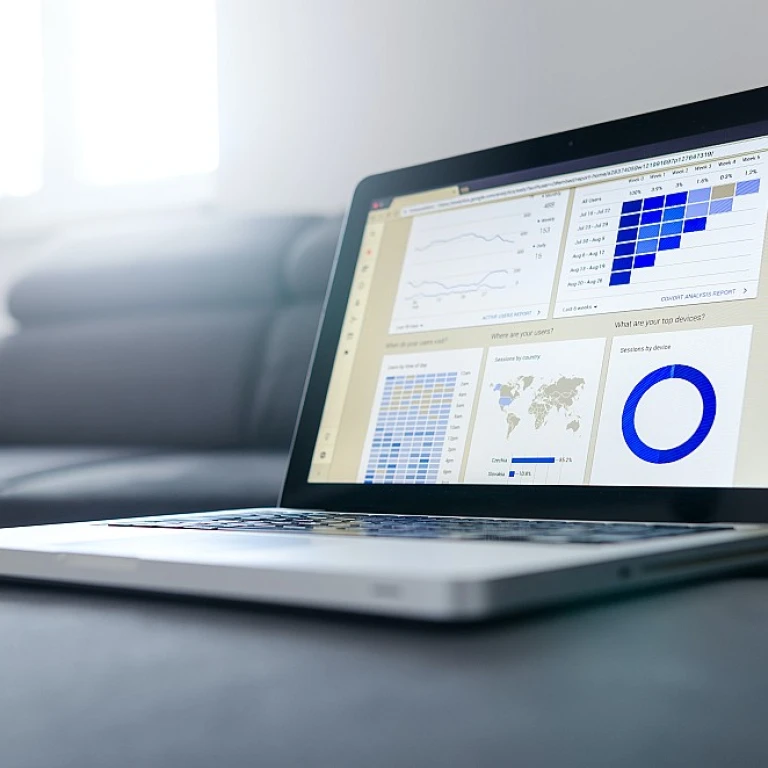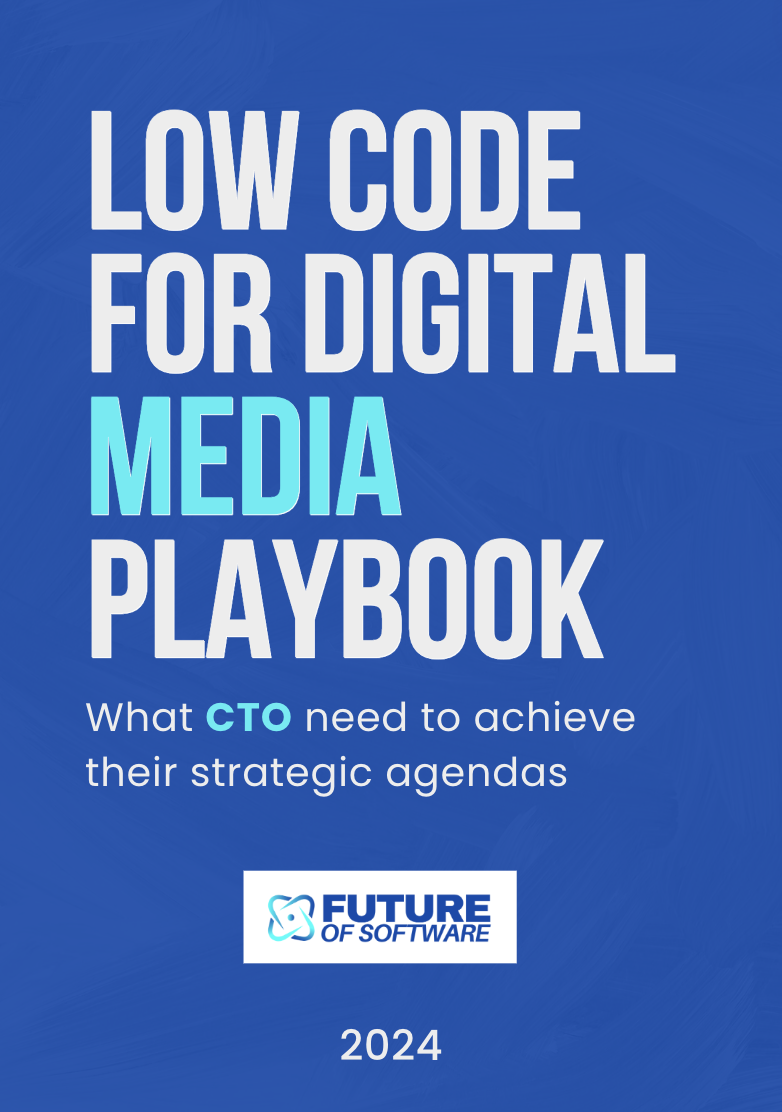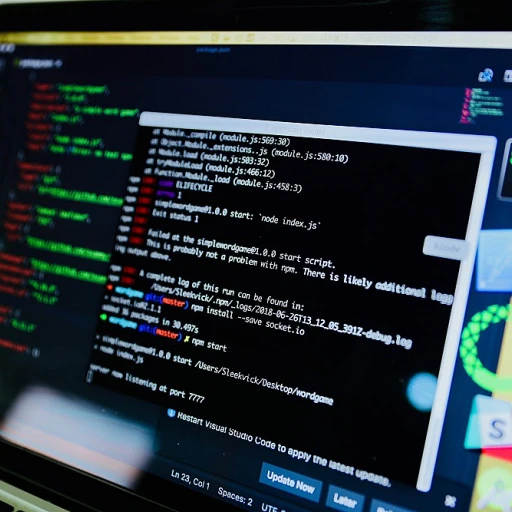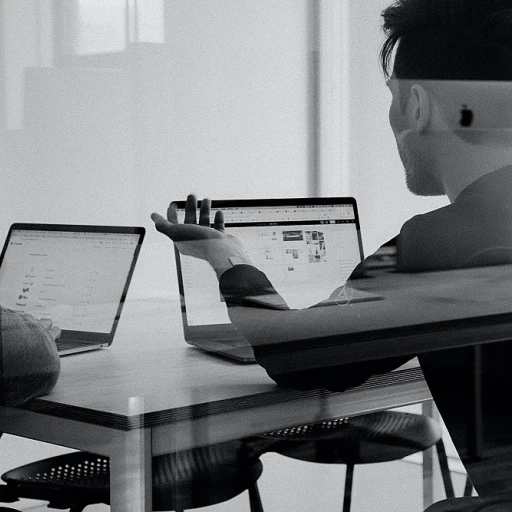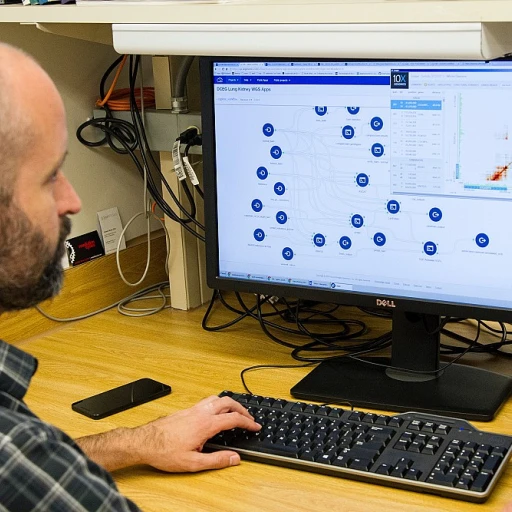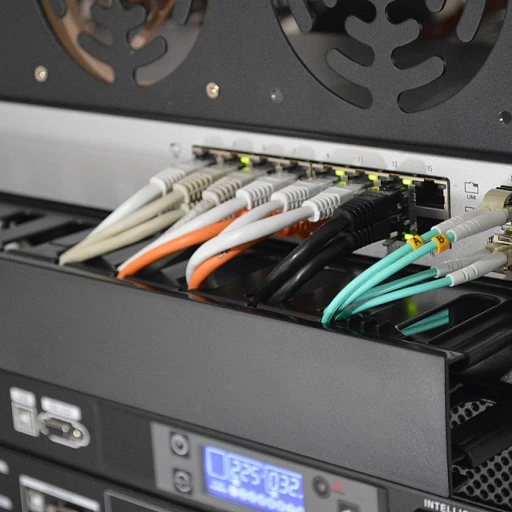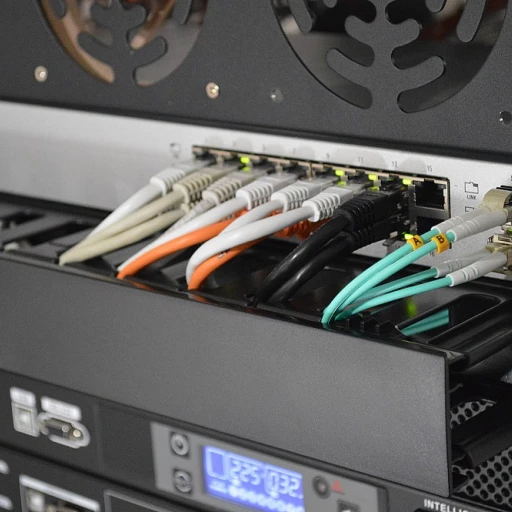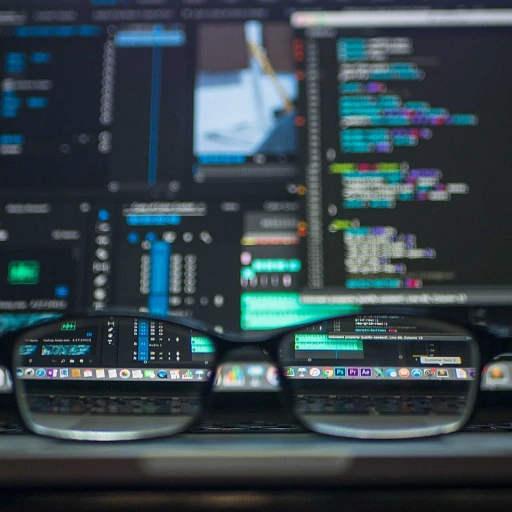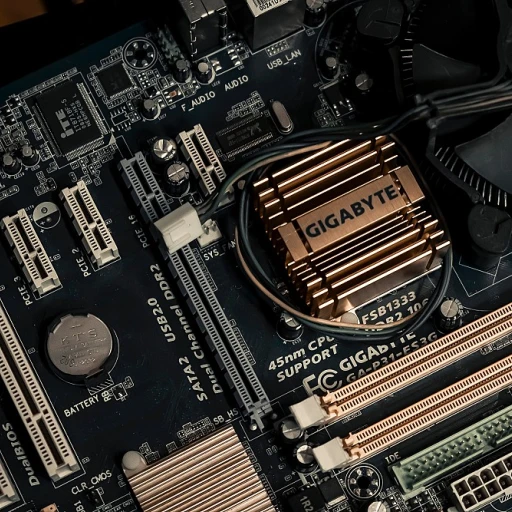
Understanding Solarear Solar Cells
Exploring the Basics of Solarear Solar Cells
Solarear solar cells are a groundbreaking innovation in the realm of renewable energy, particularly for their application in hearing aids. These cells are designed to harness solar energy efficiently, providing a sustainable power source for hearing instruments. This technology is especially beneficial for people in developing countries, where access to traditional batteries can be limited and costly.
The integration of solar cells into hearing aids offers a low-cost and eco-friendly solution to power hearing devices. This is crucial for the hearing impaired, particularly children, who rely on these aids for better communication and learning. The rechargeable batteries used in these solar-powered hearing aids can last up to three years, significantly reducing the need for frequent replacements and the associated costs.
Companies like Godisa Technologies have been at the forefront of developing these solar-powered solutions, aiming to address hearing loss in low-income regions. By leveraging solar energy, these innovations not only provide a sustainable power source but also contribute to the reduction of electronic waste, a growing concern worldwide.
As we delve deeper into the future of software integration with solar technology, it becomes evident that software plays a pivotal role in enhancing the efficiency and functionality of solar cells. This synergy between hardware and software is crucial for optimizing energy use and ensuring reliable performance in various environmental conditions. For more insights into how software is transforming renewable energy solutions, you can explore the evolution of autonomous software systems.
Software's Role in Enhancing Solar Efficiency
Enhancing Solar Efficiency through Software
In the evolving landscape of solar technology, software plays a pivotal role in maximizing the efficiency of solar cells. As the demand for sustainable energy solutions grows, particularly in developing countries, the integration of advanced software systems becomes crucial. These systems not only optimize the performance of solar panels but also ensure that solar energy is accessible and affordable for everyone, including the hearing impaired and those in low-income regions.
Software solutions are instrumental in managing the energy output and storage capabilities of solar-powered devices. For instance, solar-powered hearing aids and rechargeable batteries are becoming increasingly popular, providing a low-cost and sustainable solution for people with hearing loss. These innovations are particularly beneficial for children and adults in regions where traditional hearing aids and battery chargers are not readily available.
Moreover, software advancements facilitate the seamless integration of solar energy systems with existing power grids, enhancing the overall energy efficiency. By utilizing smart algorithms and data analytics, software can predict energy consumption patterns and adjust the solar energy output accordingly. This not only reduces energy waste but also extends the lifespan of solar-powered devices, such as hearing aids and other hearing instruments.
As we continue to explore cutting-edge software innovations, the synergy between software and solar technology will undoubtedly lead to more sustainable and efficient energy solutions. This integration is essential for addressing the energy needs of the hearing impaired and ensuring that solar energy remains a viable option for all.
Integration of AI in Solar Technology
Harnessing Artificial Intelligence for Enhanced Solar Solutions
Artificial Intelligence (AI) is transforming the landscape of solar technology, offering innovative solutions that enhance efficiency and accessibility. AI's integration into solar systems is not just about improving energy output but also about making solar technology more accessible to people in developing countries. This is particularly crucial for those with hearing impairments, where solar-powered hearing aids can make a significant difference.
AI algorithms can optimize the performance of solar panels by predicting weather patterns and adjusting the angle of panels to maximize sunlight absorption. This ensures that solar energy systems are not only efficient but also reliable, providing consistent power even in areas with fluctuating weather conditions. For instance, in regions where power loss is common, AI can help maintain a steady supply of energy, which is vital for operating devices like rechargeable hearing aids.
Moreover, AI's role extends to the management of solar-powered hearing instruments. By analyzing usage patterns and battery levels, AI can predict when a battery charger is needed, ensuring that hearing aids are always ready for use. This is particularly beneficial for children with hearing loss in low-income areas, where access to traditional power sources may be limited.
The integration of AI in solar technology also supports the development of low-cost, efficient solutions. By reducing the need for manual intervention and optimizing resource use, AI helps lower the overall cost of solar energy systems. This makes solar-powered hearing aids more affordable and accessible to those in need, especially in developing countries.
As AI continues to evolve, its potential to revolutionize solar technology and aid the hearing impaired will only grow. The synergy between AI and solar energy promises a future where renewable energy solutions are not only sustainable but also inclusive, empowering individuals across the globe.
For more insights into how AI is shaping the future of technology, explore the evolution of software in wearable technology.
The Impact of IoT on Solar Energy Systems
Harnessing the Internet of Things for Solar Advancements
The Internet of Things (IoT) is revolutionizing how we interact with solar energy systems, offering unprecedented opportunities for efficiency and connectivity. By integrating IoT, solar technology can achieve new levels of performance, making it more accessible and effective for a wide range of applications, including those in developing countries.
IoT-enabled solar systems can monitor and optimize energy usage in real-time, ensuring that solar panels operate at peak efficiency. This is particularly beneficial for solar-powered hearing aids and other devices that rely on consistent energy supply. With IoT, these systems can automatically adjust to environmental changes, maximizing energy capture and storage.
For people in regions with limited access to traditional power sources, IoT-enhanced solar solutions provide a reliable alternative. This is crucial for the hearing impaired in developing countries, where solar-powered hearing aids can significantly improve quality of life. The integration of IoT allows for remote monitoring and management, reducing maintenance costs and extending the lifespan of solar batteries and other components.
Moreover, IoT facilitates the creation of smart grids, which can efficiently distribute solar energy across communities. This is particularly important for low-cost solar solutions, such as those developed by organizations focused on aiding children with hearing loss. By leveraging IoT, these initiatives can ensure that solar energy is used effectively, supporting the needs of the hearing impaired and other vulnerable groups.
As we look to the future, the synergy between IoT and solar technology promises to drive significant advancements in renewable energy. This collaboration not only enhances the functionality of solar systems but also contributes to a more sustainable and equitable energy landscape worldwide.
Cybersecurity Challenges in Solar Software
Addressing Security in Solar Software Systems
As solar technology continues to evolve, the integration of software into solar energy systems becomes increasingly vital. However, this integration brings with it a set of cybersecurity challenges that cannot be ignored. The need to protect solar powered systems, especially in developing countries where resources are limited, is crucial. These systems are not only responsible for providing energy but also play a significant role in powering essential devices like hearing aids and other hearing instruments for the hearing impaired.
One of the primary concerns is the vulnerability of solar energy systems to cyberattacks. As these systems become more interconnected through the Internet of Things (IoT), the risk of unauthorized access increases. This is particularly concerning for solar powered hearing aids and other aids for children with hearing loss, as any disruption could significantly impact their quality of life.
To mitigate these risks, developers must prioritize robust cybersecurity measures. This includes implementing secure communication protocols and ensuring that software updates are regularly applied to all components of the solar system. Additionally, educating users in developing countries about the importance of cybersecurity can help protect these vital systems from potential threats.
Furthermore, the use of rechargeable batteries in solar ear devices and other aids offers a low-cost and sustainable solution for those with hearing loss. However, the software managing these rechargeable hearing aids must be secure to prevent any potential data breaches or unauthorized access.
In conclusion, while the integration of software into solar energy systems offers numerous benefits, it also presents cybersecurity challenges that must be addressed. By focusing on secure software development and user education, we can ensure that solar powered systems remain reliable and safe for all users, including those in developing countries who rely on these technologies for their daily lives.
Future Trends in Solar and Software Synergy
Emerging Synergies in Solar and Software
The future of solar technology is intricately linked with advancements in software, creating a synergy that promises to revolutionize energy solutions worldwide. As we look ahead, several trends are poised to shape this dynamic field, particularly in the context of solar-powered solutions for the hearing impaired and developing countries.
Advancements in Solar-Powered Hearing Solutions
Solar-powered hearing aids are becoming increasingly viable, especially in regions where access to traditional power sources is limited. These devices, equipped with rechargeable batteries, offer a low-cost and sustainable solution for people with hearing loss. The integration of software in these aids allows for better sound processing and customization, enhancing the user experience for both children and adults.
Software-Driven Energy Management
Software plays a crucial role in optimizing solar energy systems. By leveraging advanced algorithms, these systems can efficiently manage energy consumption and storage, ensuring that solar power is utilized to its fullest potential. This is particularly beneficial in developing countries, where energy resources are often scarce and expensive.
Innovations in Battery Technology
Rechargeable batteries are at the heart of solar-powered devices, and ongoing innovations in this area are critical. Software enhancements are enabling smarter battery management systems, which prolong the life of batteries and improve their efficiency. This is essential for devices like solar-powered hearing aids, which rely on consistent power to function effectively.
Global Impact and Accessibility
As solar and software technologies continue to evolve, their impact on global accessibility cannot be overstated. In developing countries, where traditional energy infrastructure is lacking, solar-powered solutions offer a lifeline. These technologies not only provide power but also empower individuals, particularly the hearing impaired, by offering them tools to improve their quality of life.
The future of solar and software integration is bright, with the potential to transform energy solutions and improve lives across the globe. As we continue to explore these possibilities, the focus remains on creating sustainable, accessible, and efficient technologies that cater to the needs of all people.

